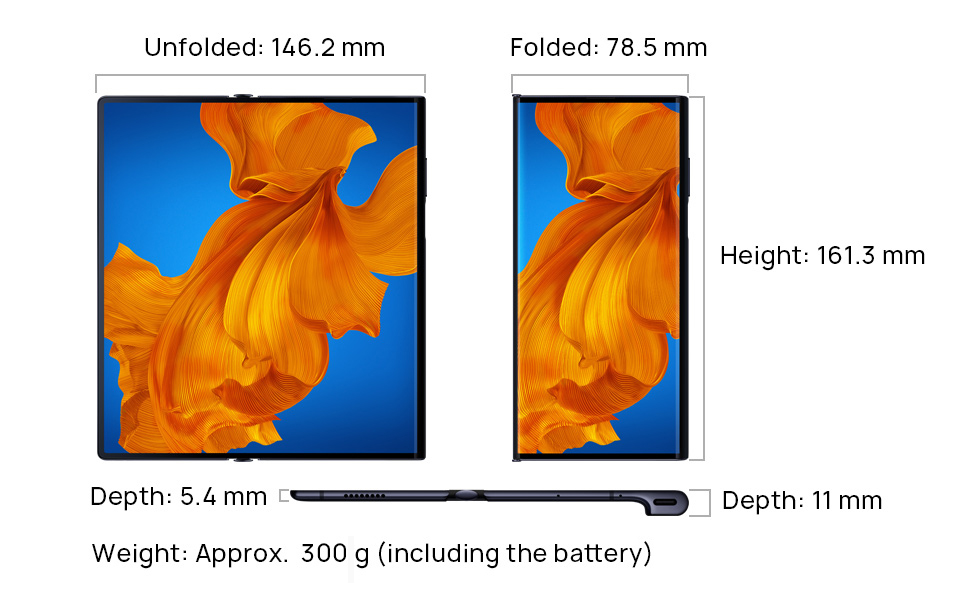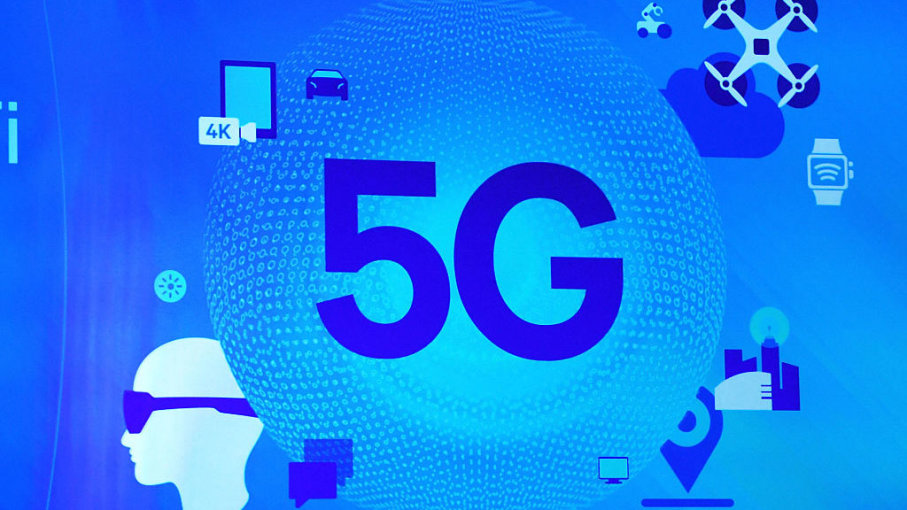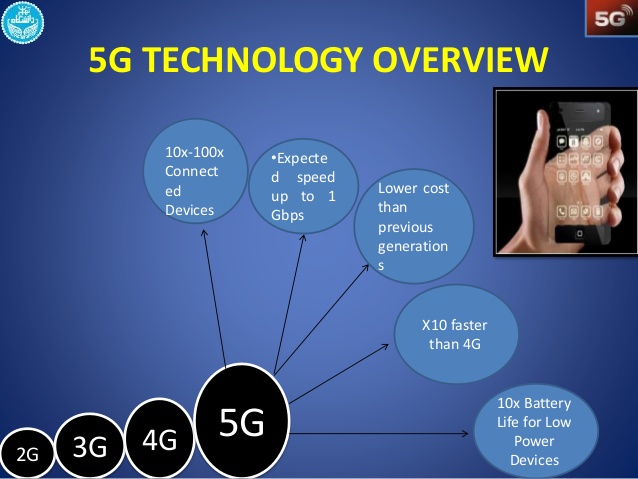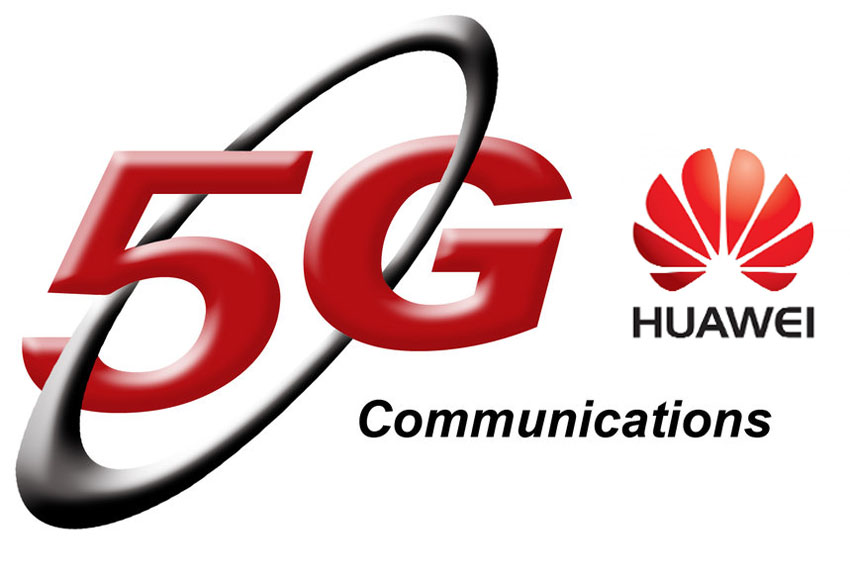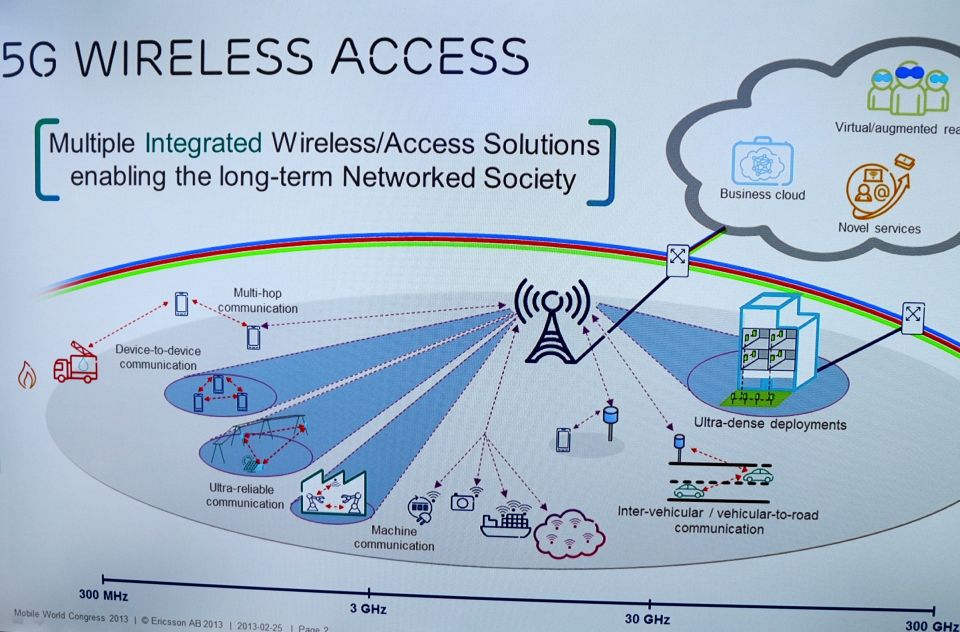Huawei is now launching the sequel to its foldable mobile phone Huawei Mate X. The new mobile, Huawei Mate Xs, takes Huawei’s foldable technology a step further. Huawei Mate Xs are packed with Huawei’s latest technology, powerful camera, advanced processor, superb display and an enhanced Falcon Wing Design. Mobile delivers a powerful performance and a seamless user experience in both mobile and tablet mode.
“Huawei Mate X was our first trip into the folding category and set the standard for the industry. Our new Huawei Mate Xs raise the bar further and deliver even more powerful performance and a stronger user experience. It is also the fastest 5G mobile phone in the class”, says Richard Yu, CEO of Huawei Consumer Business Group.
Huawei Mate Xs delivers a true Fullwiew experience that in an upright position becomes an 8 inch screen. The large screen is made possible with a mechanical hinge design called the Falcon-Wing. Huawei’s Falcon-Wing technology contains more than 100 different parts that work to make the transition between the two screen modes as seamless as possible. The hinge itself is improved and made of a zirconium-based metal that makes it much stronger and more durable.
Huawei Mate Xs screen is made of the extremely resistant material polyimide
Huawei Mate Xs’s collapsible screen is made of the extremely resistant material polyimide, in this case polyimide adapted for the space industry, where two layers are glued together with an optically clear glue. The unique solution makes image quality, color saturation and brightness excellent at the same time as the screen has high durability. In folded up mode, the screen is 8 inches and in folded mode, the Huawei Mate Xs is a powerful dual-screen mobile with 6.6 inches main screen and a 6.38 inch second screen.
Huawei’s most powerful and advanced system set
The power of Huawei Mate Xs comes from Huawei’s most powerful and advanced system set – the Kirin 990 (5G). The first system chip that has a dual-core NPU built on the Da Vinci architecture. The large core achieves excellent performance and energy efficiency in handling and in scenarios that require large amounts of data. At the same time, the smaller core implements extremely low energy consumption. In terms of the CPU, Kirin 990 (5G) has a total of eight cores – two super-sized cores, two large cores and four smaller and low-power cores – with a clock frequency of up to 2.86 GHz. Kirin 990 (5G) uses a 16-core Mali-G76 GPU and smart cache that allows the different caches to be used by different processors as needed, effectively saving bandwidth and reducing energy consumption. Kirin 990 (5G) is the first full-frequency 5G system chip that supports both standalone(SA) and non-standalone(NSA) architectures and TDD / FDD full-frequency bands. This allows the chip to handle a wide variety of networks and network modes. Based on the capabilities of Huawei’s 5G multimode chipset, Balong 5000, Kirin achieves 990 (5G), at peaks, download speeds of 2.3 Gbit/s and upload speeds of 1.25 Gbit / s, a hitherto unmatched performance.
Powerful camera and revolutionary selfie feature
Huawei Mate Xs are equipped with a SuperSensing triple camera, which consists of a 40 megapixel SuperSensing camera, a 16 megapixel ultra-wide angle camera, an 8 megapixel telephoto camera and a 3D Depth Sensing camera. The camera system supports a combination of OIS and AI image stabilization for super-steady photography and up to 30 times hybrid zoom. The system also supports ISO 204800 which allows high quality images to be taken in very dark environments. Huawei Mate Xs also revolutionize the selfie category as the user can use the entire camera system to take selfies.
Huawei Mate Xs are launched with Huawei AppGallery
Huawei Mate Xs is one of the first models to be launched with an upgraded Huawei AppGallery, Huawei’s own app platform. Huawei’s AppGallery has been with Huawei’s mobile phones for a long time and currently has around 570 million users globally. The investment in Europe was already started several years ago but accelerated in July last year. The range of apps is constantly evolving and currently Huawei has over 3000 developers who work only on coding apps for publication in AppGallery.
Huawei Mate Xs Price and availability
Huawei Mate Xs will be available in the market later this year. Globally recommended price is EUR 2499. Locally recommended retail price may vary when available to buy.

